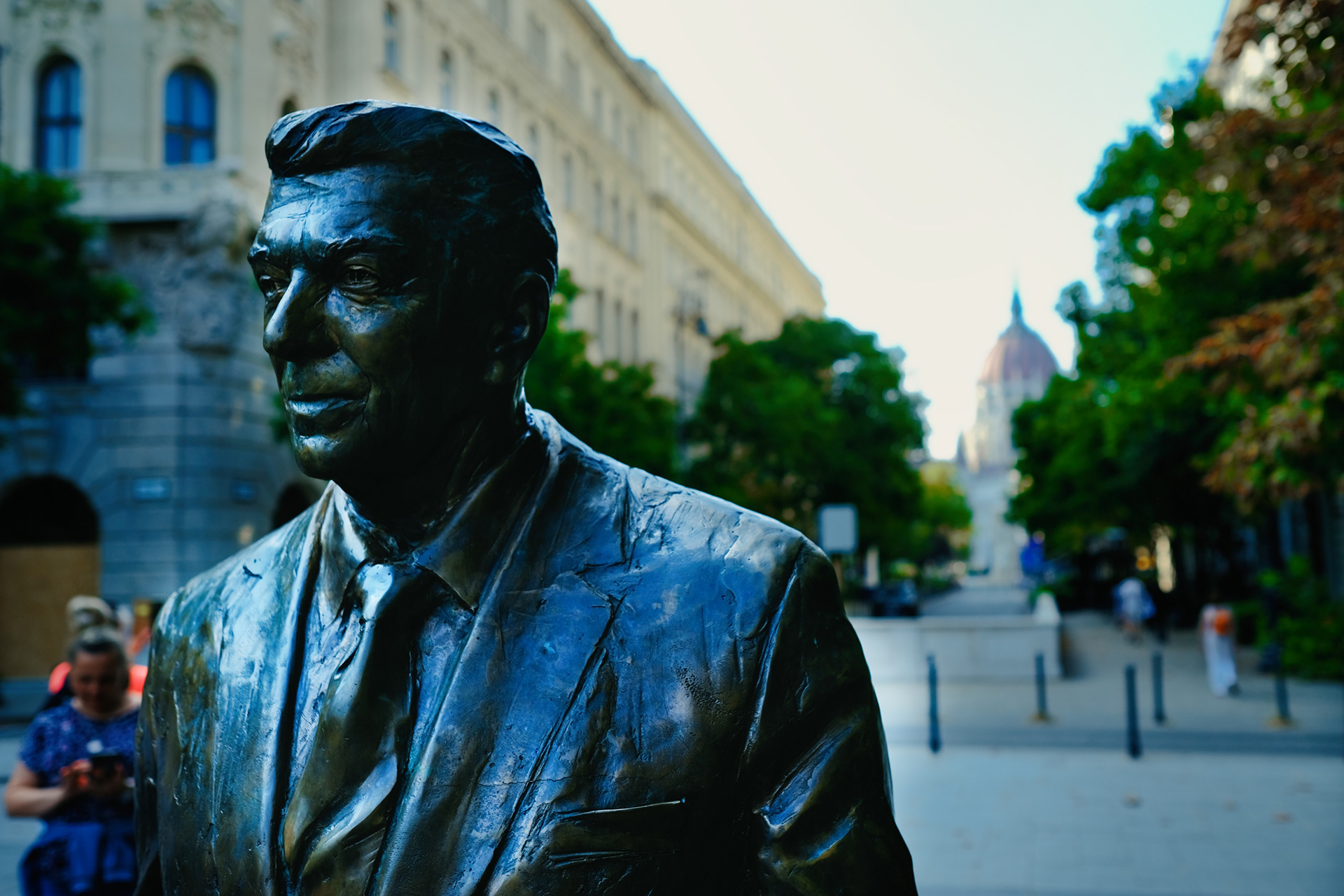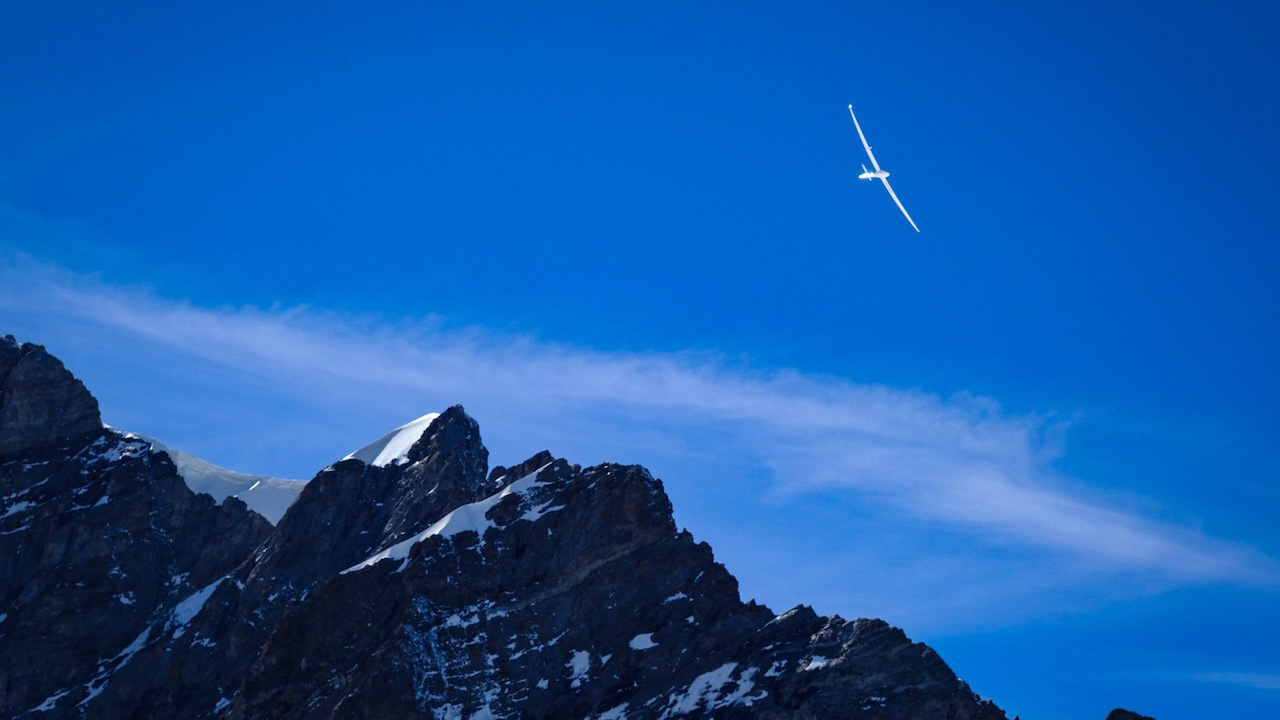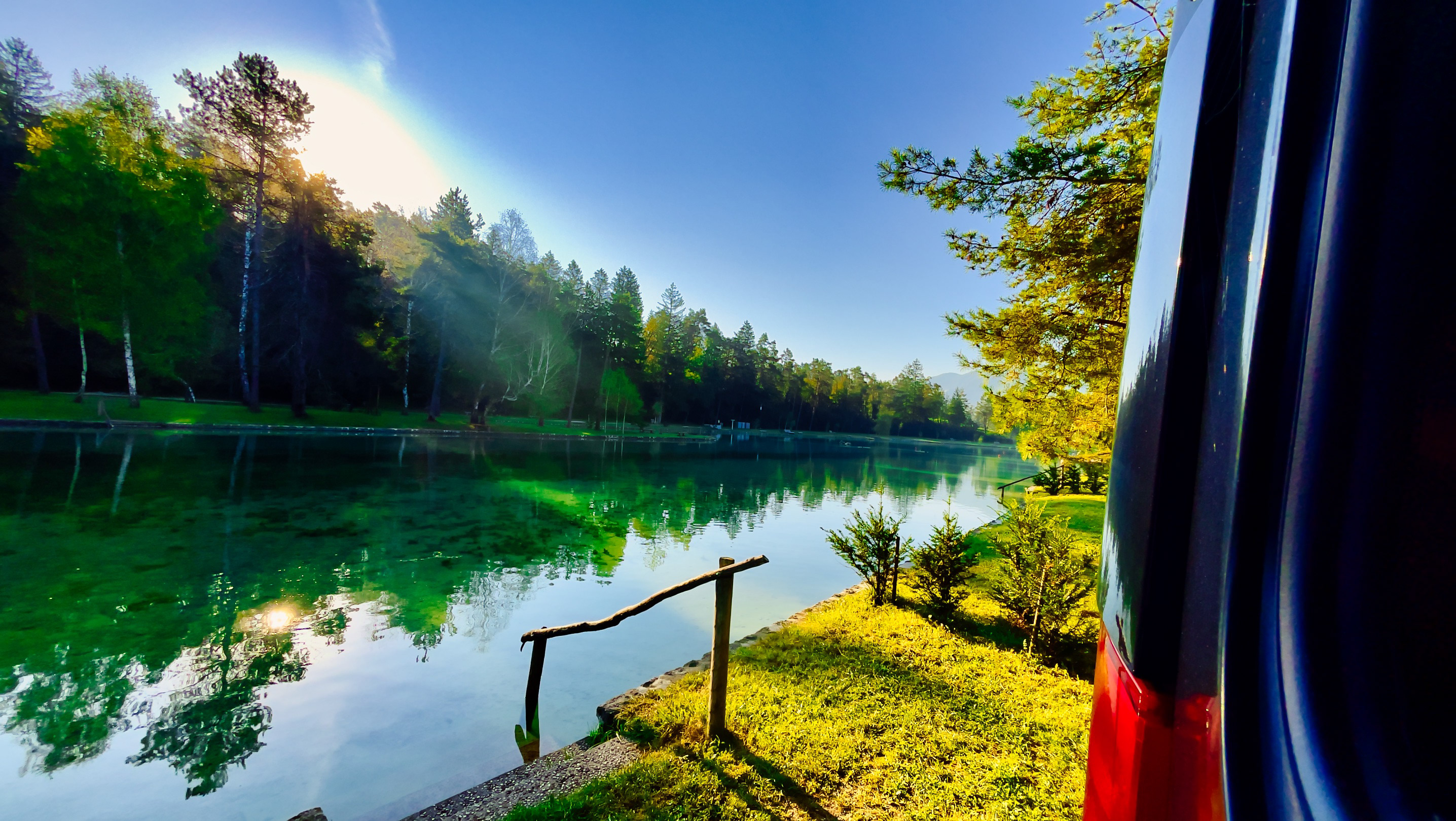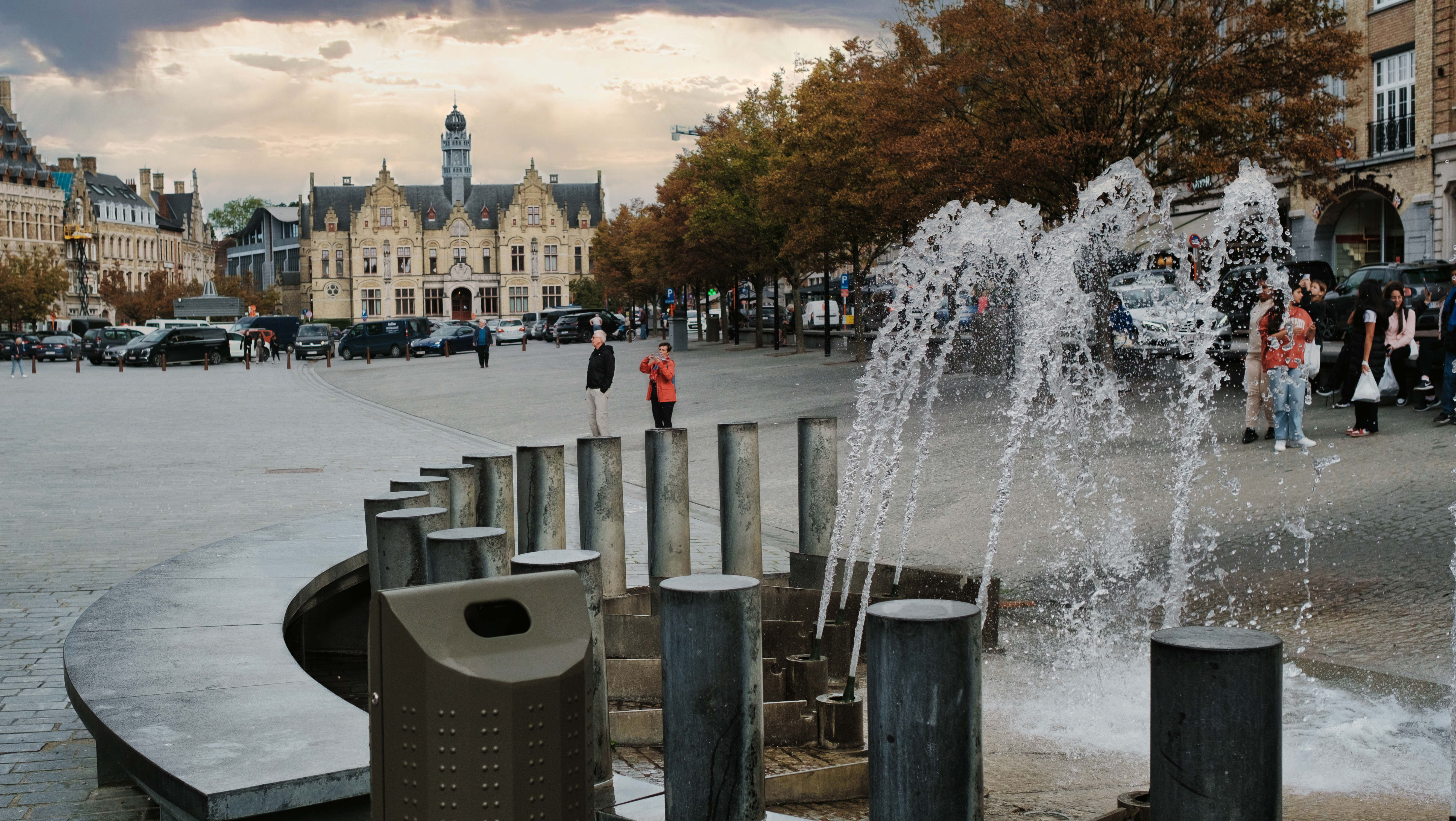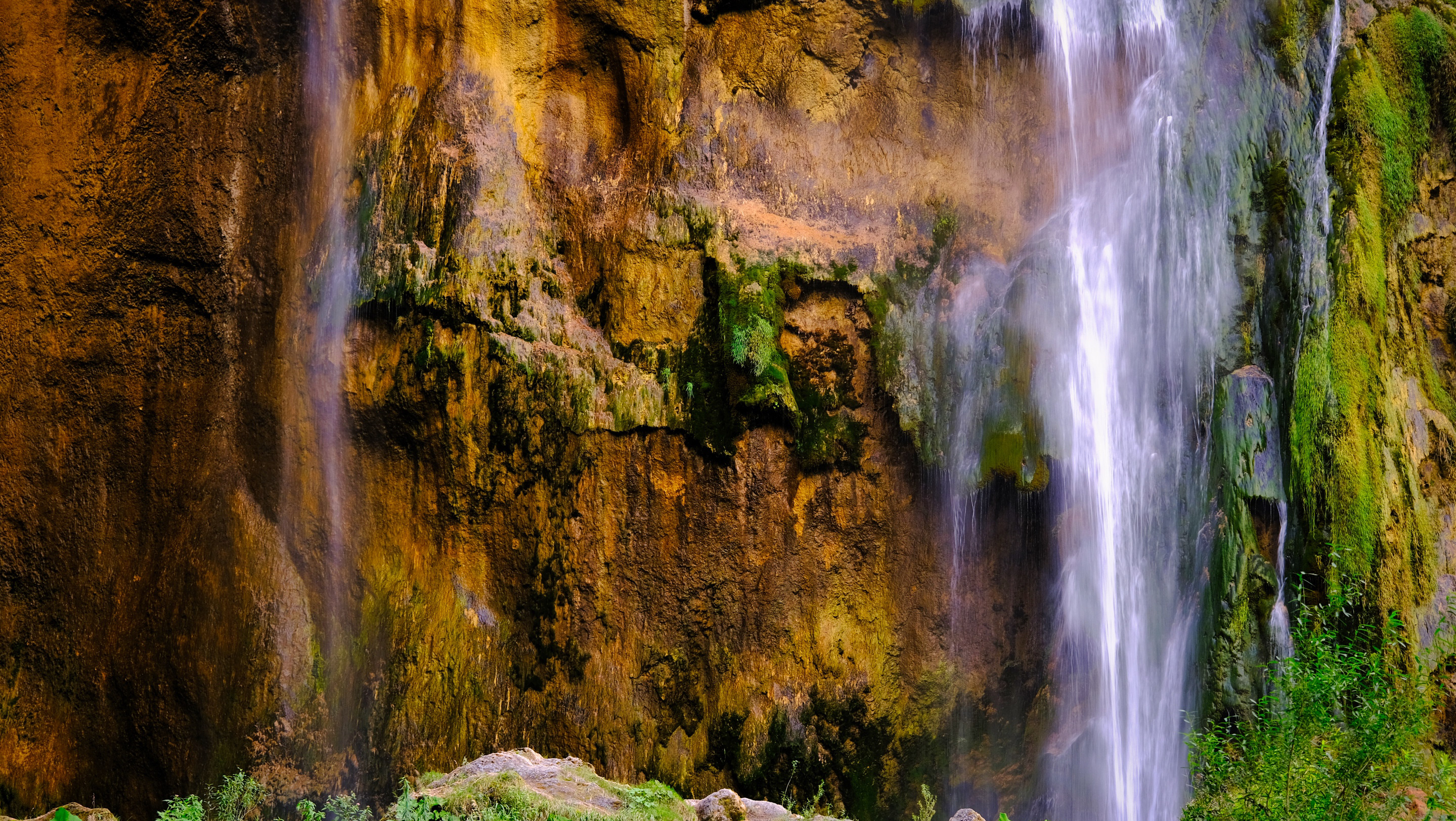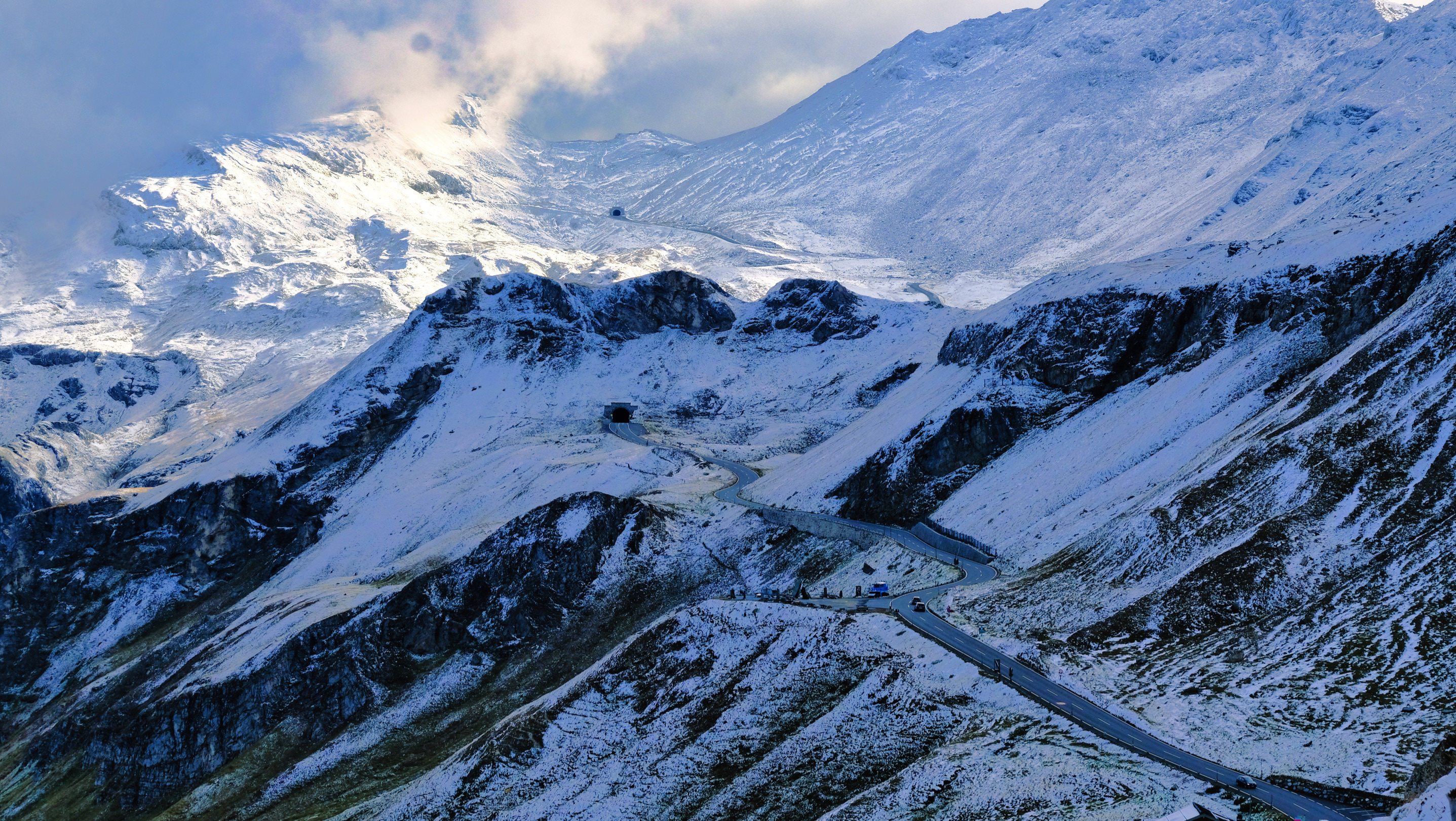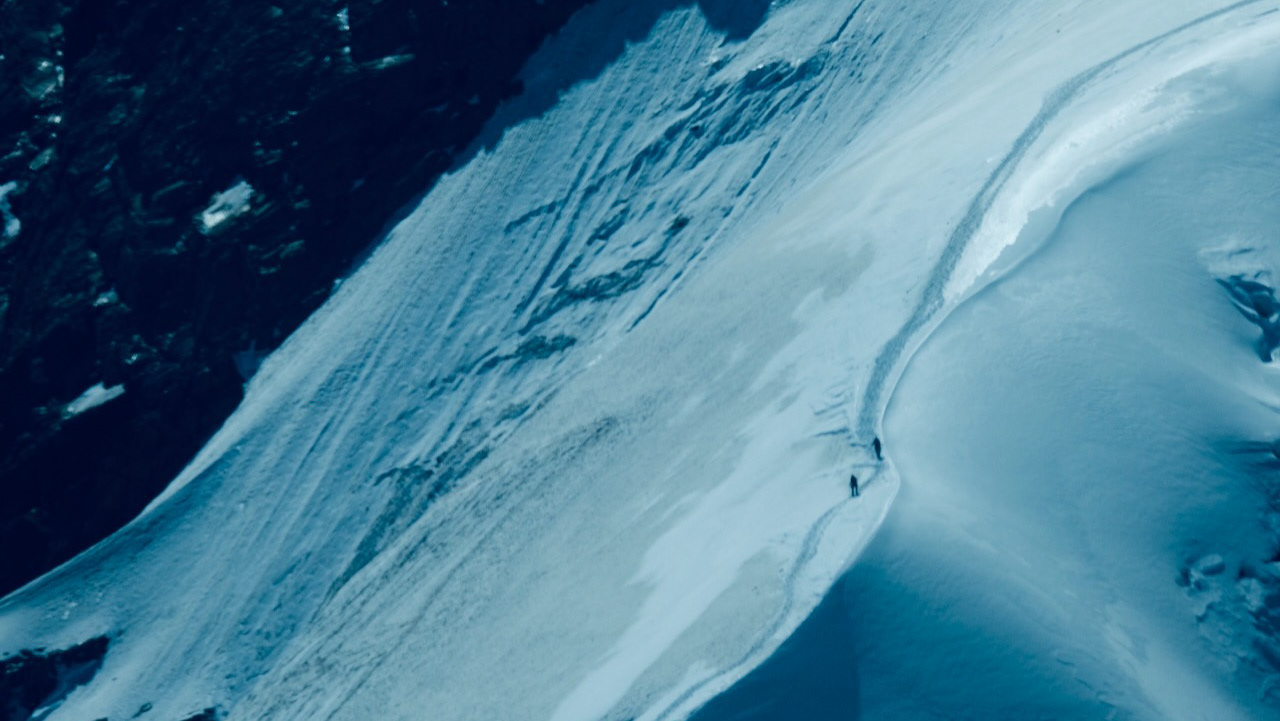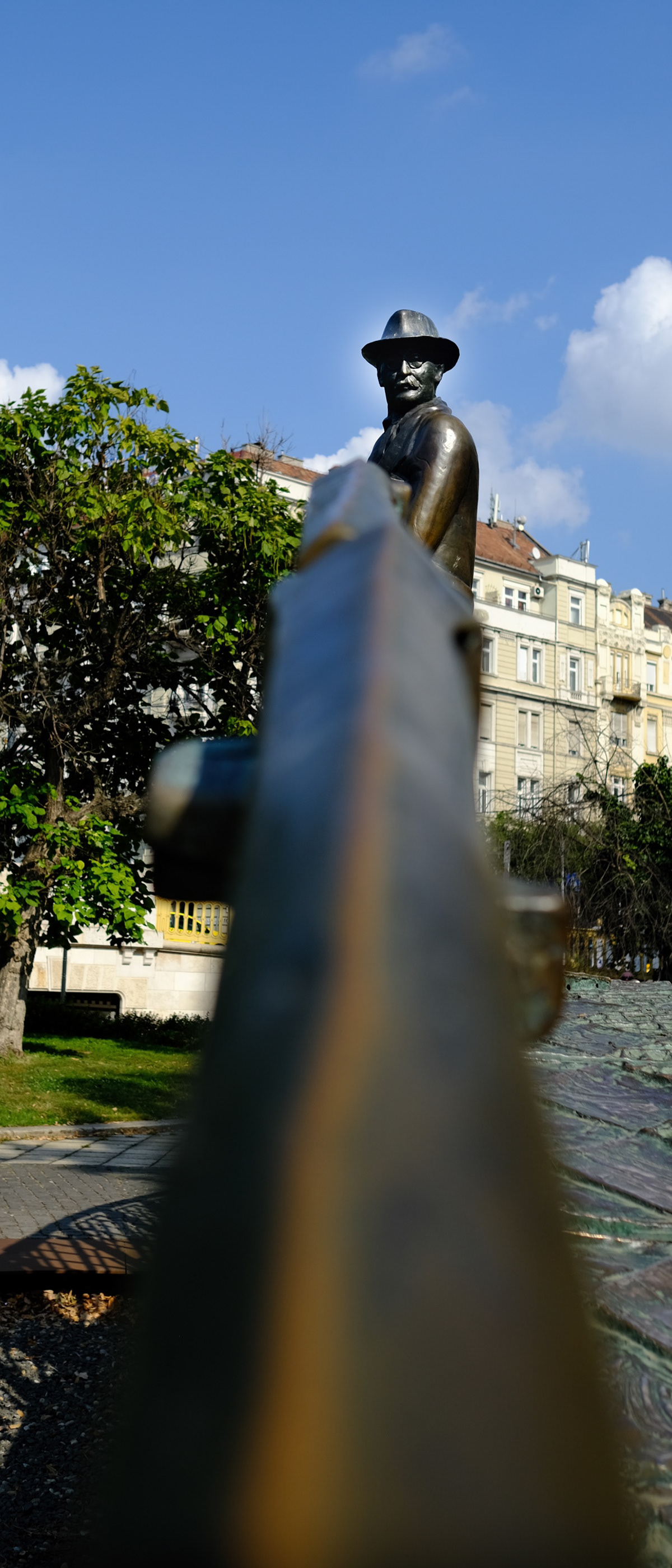
Budapest
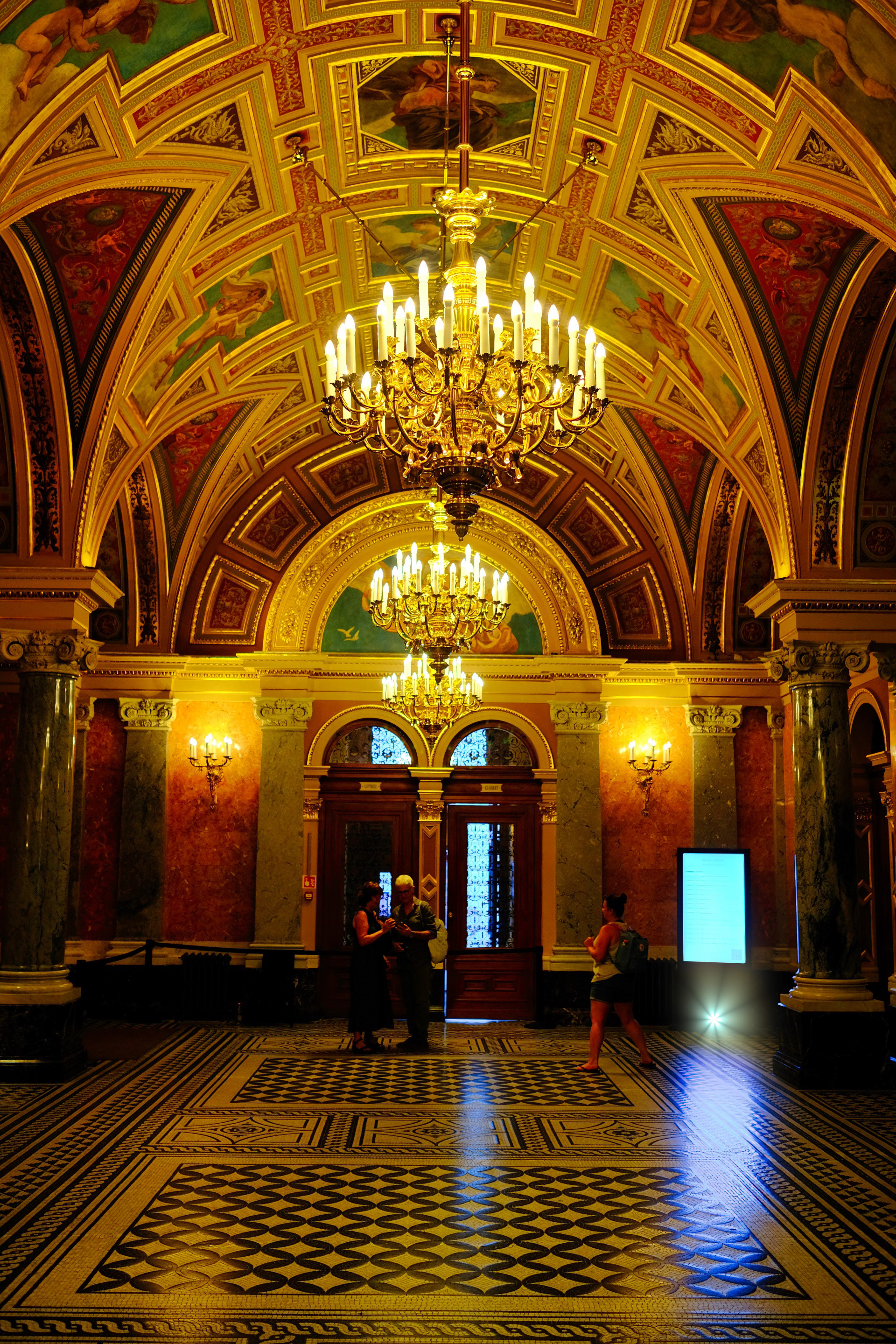
The Opera House
Our journey to Budapest took us via Keszthely. This is a charming town on the western shore of Lake Balaton, known for its picturesque streets and beautiful architecture. It's also rich in history. Aside from the fact that the town is built on a huge pile of fossilized snail shells, there's the story of the fountain in the town square. Apparently, when the fountain was first installed, the jets of water were so powerful that they nearly knocked over the town's most prominent statue. To solve the problem, the fountain jets were adjusted, but now the water barely trickles out - more of a "drizzle" than a fountain.
Driving for another hour and a half brought us to the city of contradictions that is Budapest. It's a place where old meets new, where history collides with modernity, and where the grandiose is juxtaposed with the mundane.
Budapest is home to spectacular architecture, with its regal palaces and ornate churches. You'll see grand cafes full of locals sipping coffee and reading newspapers, but you'll also find tiny, dingy bars where the patrons are as rough around the edges as the furniture.
Budapest is a city of two halves - Buda on the west side of the Danube, and Pest on the east side. There is also Obuda (Old Buda), a small suburb that retains a sense of history even amongst the trams and cars of 21st century life. Here you can find a meal that qualifies as chaddare. This is the Hungarian word for a meal that would have been provided for workers after they had spent 8 hours in the fields at harvest time. It offered sufficient meat to last me a month!
The two halves of Budapest are separated by the Danube River, which winds through the city like a broad grey/green ribbon. The river is spanned by numerous bridges, including the iconic Chain Bridge, which connects the two halves of the city. In the heart of Pest lies the bustling Central Market Hall, a grand, vaulted building filled with stalls selling everything from fresh produce to tacky plastic souvenirs. The market hall is the perfect place to find a keychain with a miniature Hungarian flag on it - should you be in need of such an item.
After you've had your fill of kitsch, you can hop on one of the city's iconic trams to explore the rest of Pest. The trams rattle through the city, providing a unique perspective on the city's eclectic mix of architecture and urban life.
There are new, modern trams in Budapest but also older trams serving as a charming reminder of the City’s past. They rumble through the city like giant mechanical caterpillars.
You can ride the tram to Liberty Square. It's home to some of the city's most significant monuments, including the imposing statue of Ronald Reagan and the Liberty Monument, that commemorates the Soviet liberation of Hungary in 1945.
From Liberty Square one can walk to the Opera House. With its grand marble columns and gilded ceilings this is a magnificent sight.
Equally magnificent is Buda Castle. Set on a hill opposite the Hungarian Parliament Building and accessible via a funicular railway. This is home for the Hungarian National Gallery plus displays from Gothic altars to sculpture. But what's even more impressive is the melodrama of the visitors. They promenade around the building with an air of grandeur, constantly seeking the perfect spot for their next Instagram post. They pout and preen, keen to show off their best life. But of course, beneath the veneer of sophistication, there's always a hint of absurdity and a touch of the ridiculous.
After three days in Budapest we headed north west toward Vienna.
The capital of Austria, is a city with a rich history and culture, and yet somehow lacks the vibrancy of other capital cities. It has the air of a serious place.
We arrived in Vienna on a warm early autumn day. The city was bustling with activity, yet somehow quiet at least when compared with London. We had arranged to stay on a site just south of the City centre but conveniently located just a 150 metre walk from a stop on the U6 train line. We headed for the Opera House. Access was limited but outside men in period costumes were encouraging us to purchase tickets for a Mozart concert somewhere in the City. However, our evening plans had already been made.
Next stop was the Musikverein Vienna. This is the concert hall that hosts the annual New Year concert. We joined a guided tour. This provided much enlightenment about the fascinating history and development of the building. It was an hour well spent in the company of a knowledgeable guide and a diverse group of other visitors.
Vienna has a vibrant music scene which includes Porgy and Bess. This is described as the hottest jazz and music club in the city. Tickets were purchased and we enjoyed a cool evenings entertainment from Olive Grove.
Eager for more of Austrias’ culture we next headed for Salzburg. This beautiful city effortlessly blends history, culture, and natural beauty like Mozart composing a symphony! Being a tourist in Salzburg is like stepping into a movie set with an extra sprinkle of classical music.
You can't escape the hills – they're everywhere! You'll feel like you're on a perpetual hike, but don't worry; the views are worth it. Every uphill climb rewards you with a breathtaking panorama of red-roofed houses and the majestic Hohensalzburg Fortress, reigning supreme over the city like an ancient guardian.
The guy who put Salzburg on the musical map is of course Mozart. You'll see his name plastered on everything from restaurants to tour buses to bars of chocolate! No visit would be complete without a Mozart concert and we spent our first evening in the Marble Hall at the Mirabell Palace enjoying an exceptional performance of Mozart and Vivaldi by the exquisitely talented Ensemble 1756.
The Mirabell Palace and Gardens are your ticket to Sound of Music nostalgia. Frolic among the hedges, dance around the Pegasus Fountain, and pretend you're Julie Andrews singing your “Doh, a deer, a female deer”! Many tourists can be seen recording their own version of that song from the classic film - its a great shame they can’t sing like Julie.
Salzburg's Old Town (Altstadt) is a maze of narrow streets and quaint squares where you can lose yourself in the pastel coloured buildings and charming shops. We arrived in time for Oktoberfest. The streets were filled with men of all ages rocking their best lederhosen, and women in equally spectacular national dress. A group on the stage in one of the many plazas completed a thigh-slapping dance to be followed by a singing septet to rival the Von Trapp family singers.
So, fellow traveler, grab a slice of Sachertorte, take a stroll by the Salzach River, and immerse yourself in the magic of Salzburg – a city where the hills are alive with the sound of music and history whispers from every cobblestone.
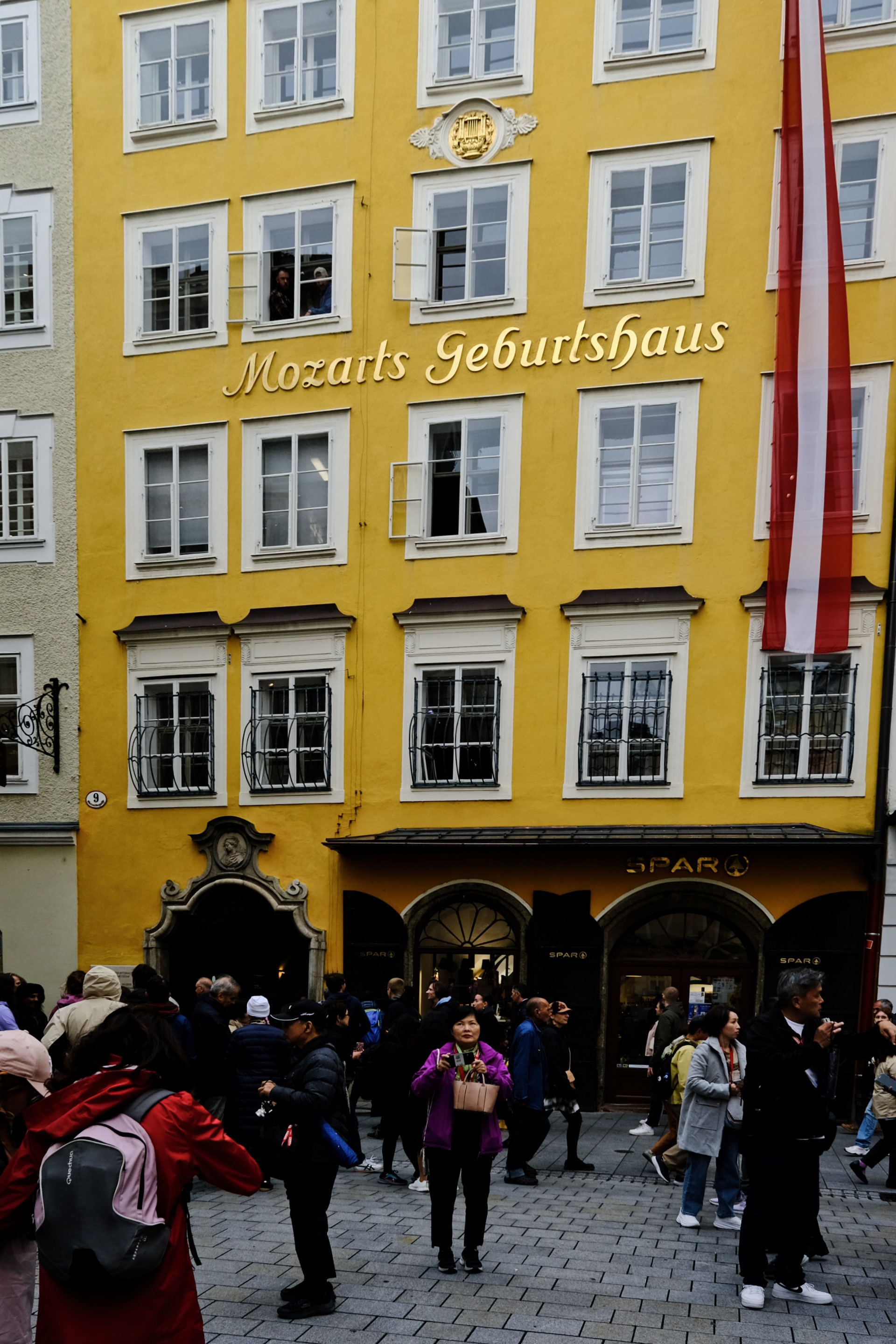
Mozarts birth place
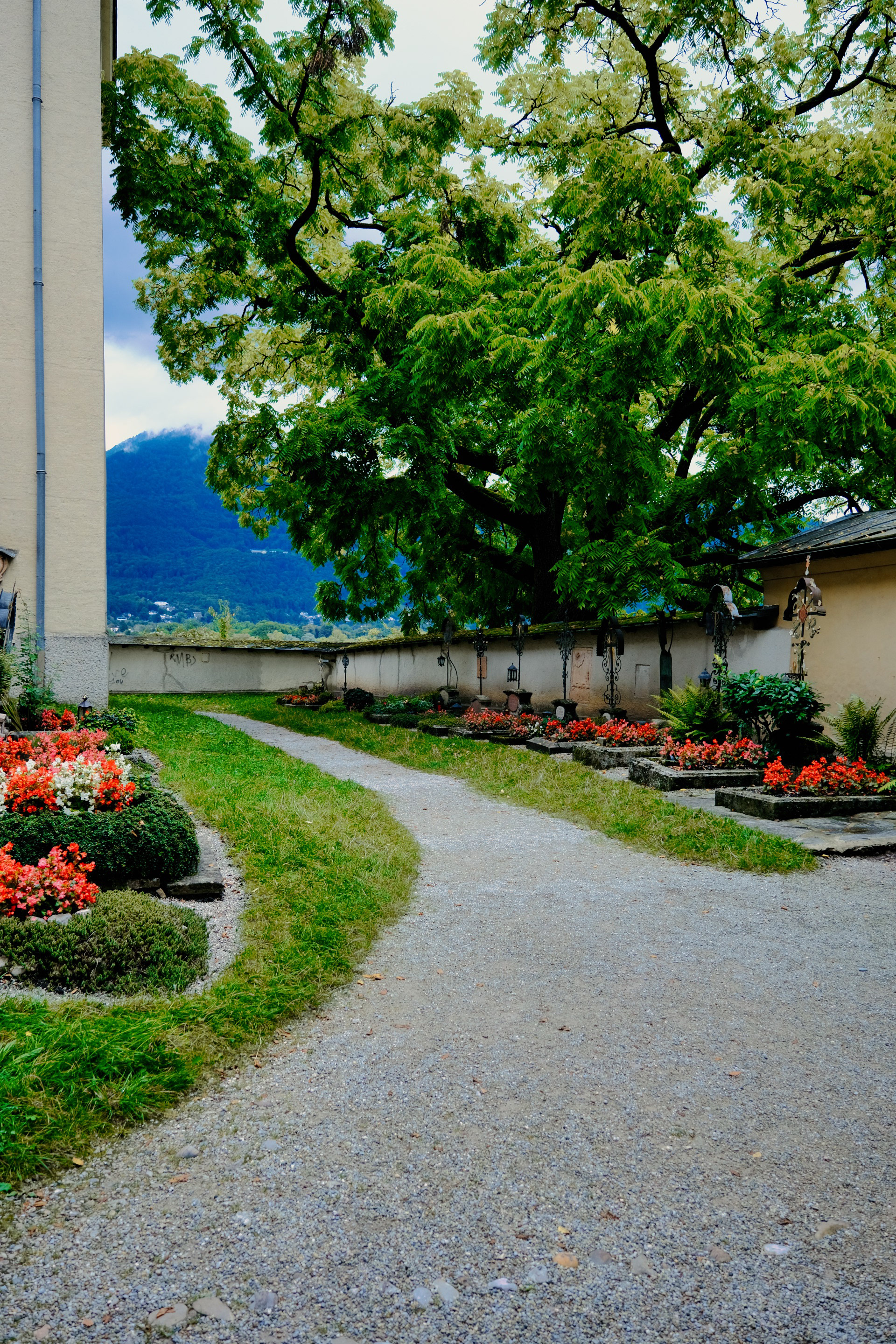
The Abbey where Maria was a postulant
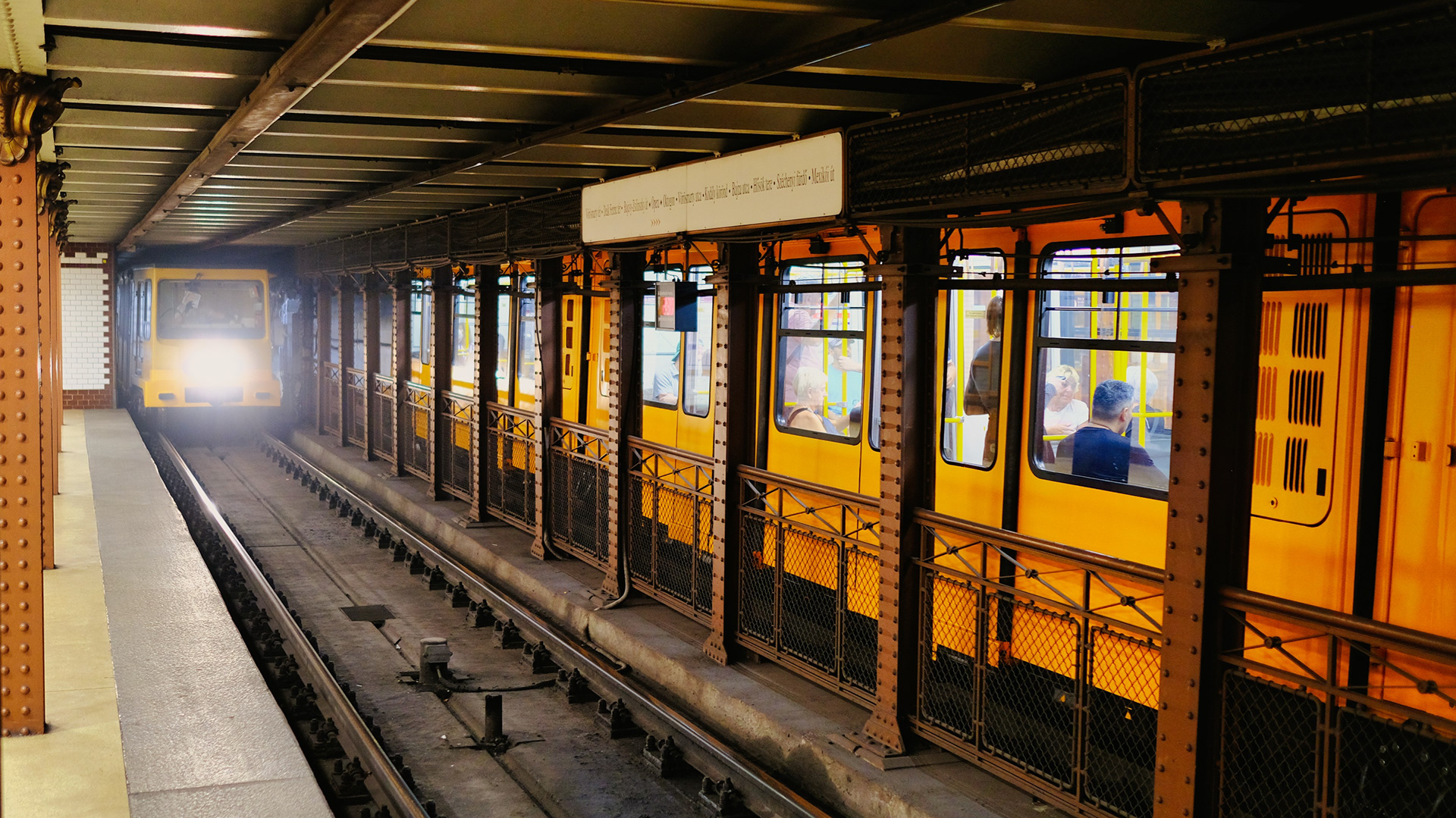
The Budapest Underground
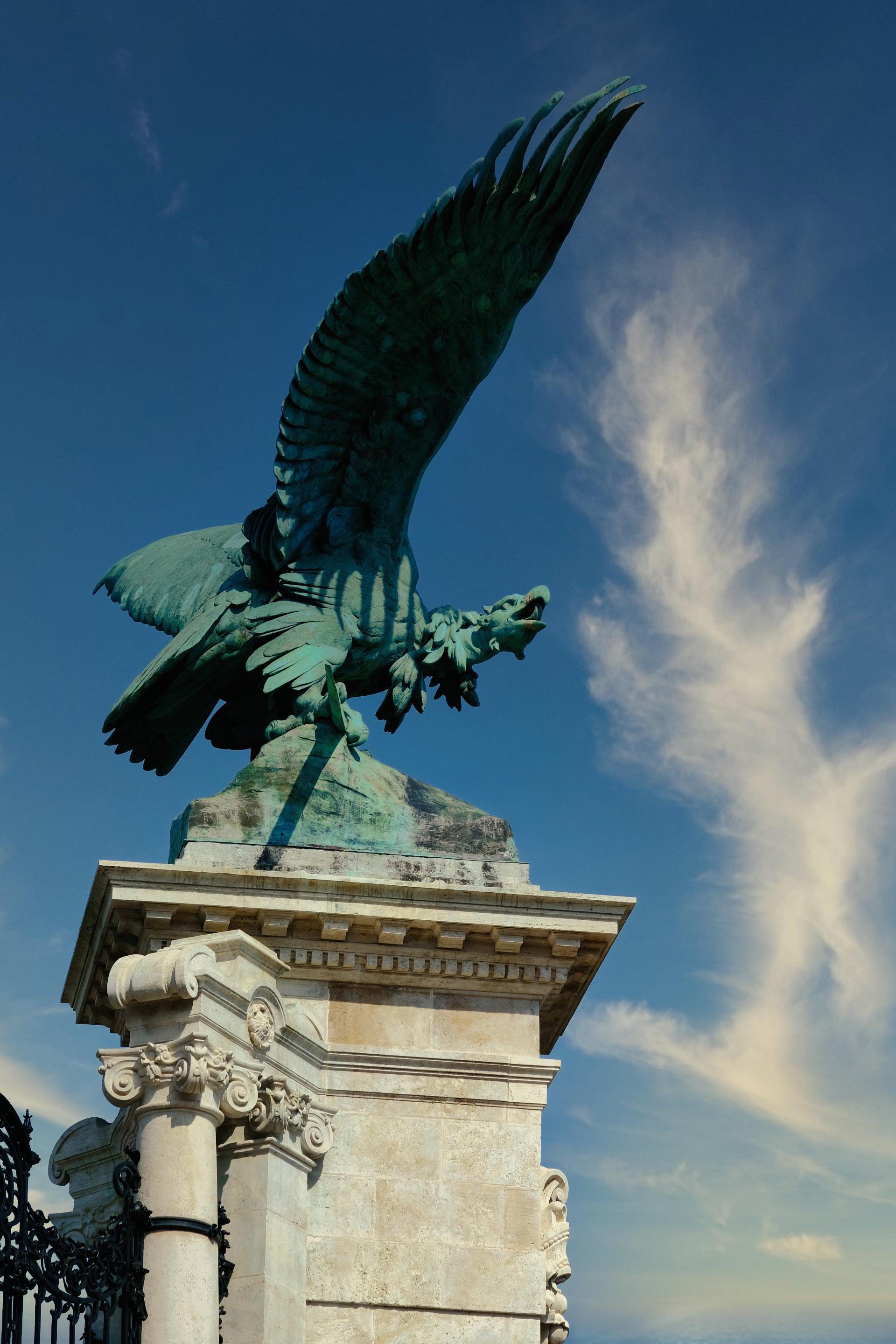
At Budapest Castle
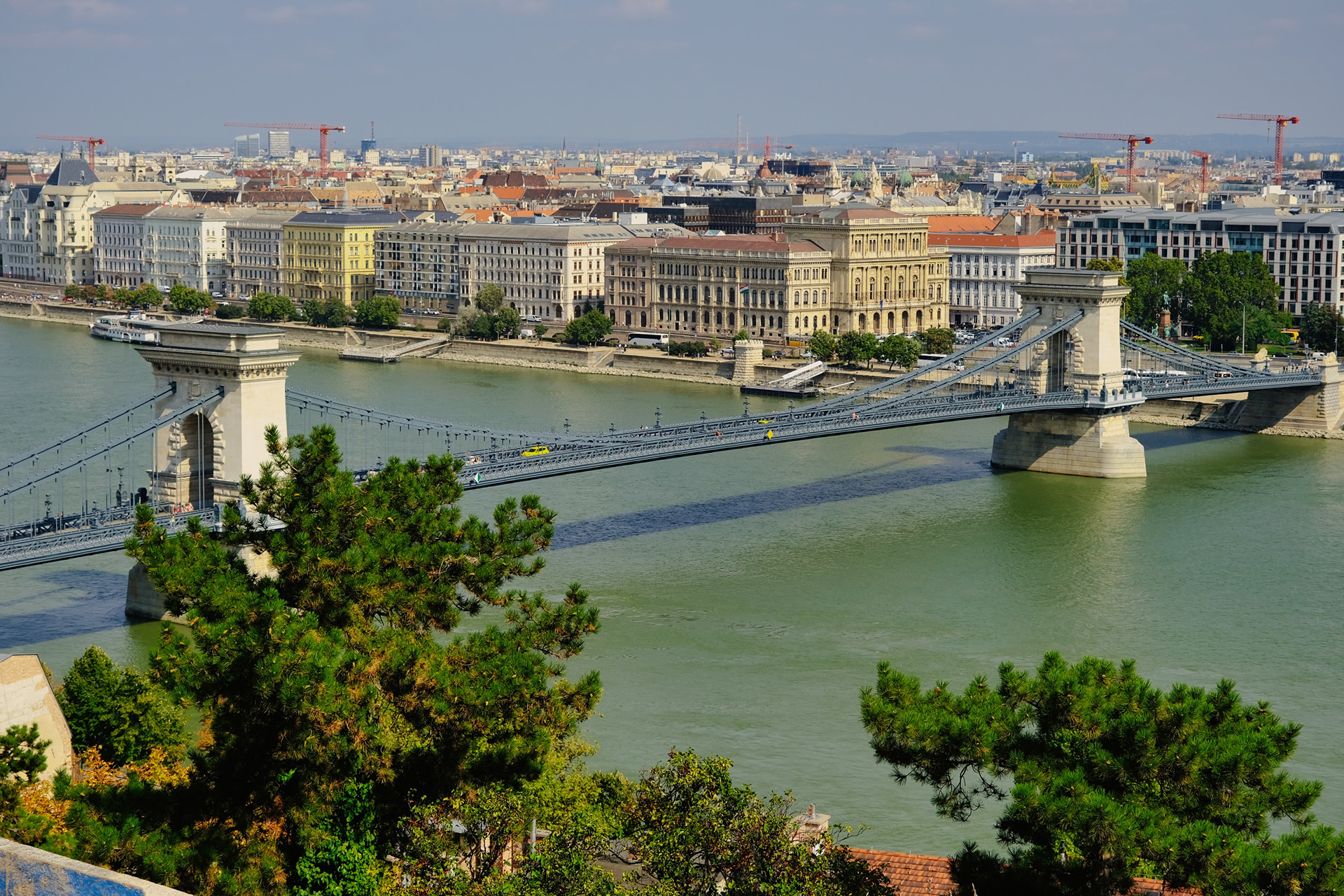
The Chain Bridge, Budapest
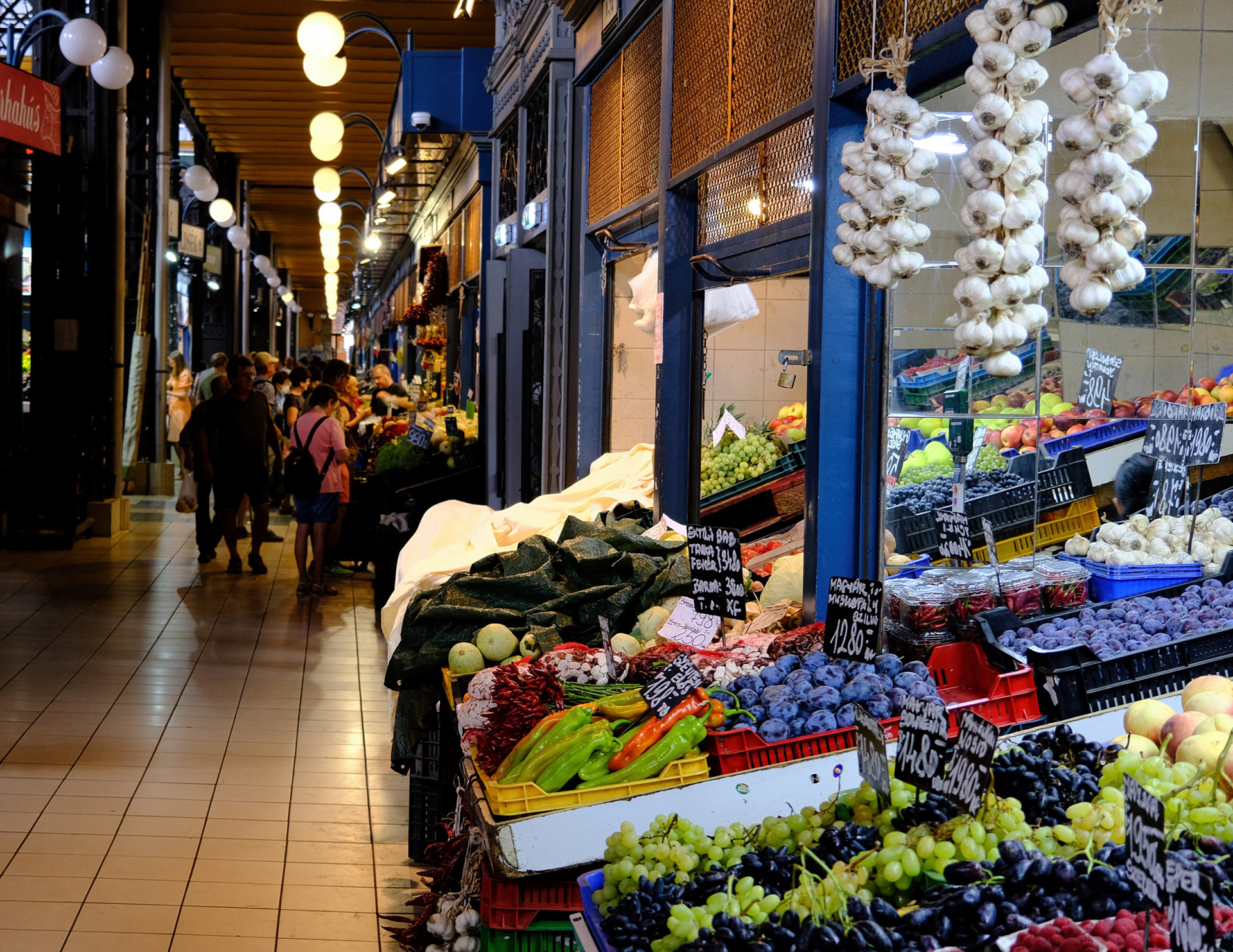
Budapest market
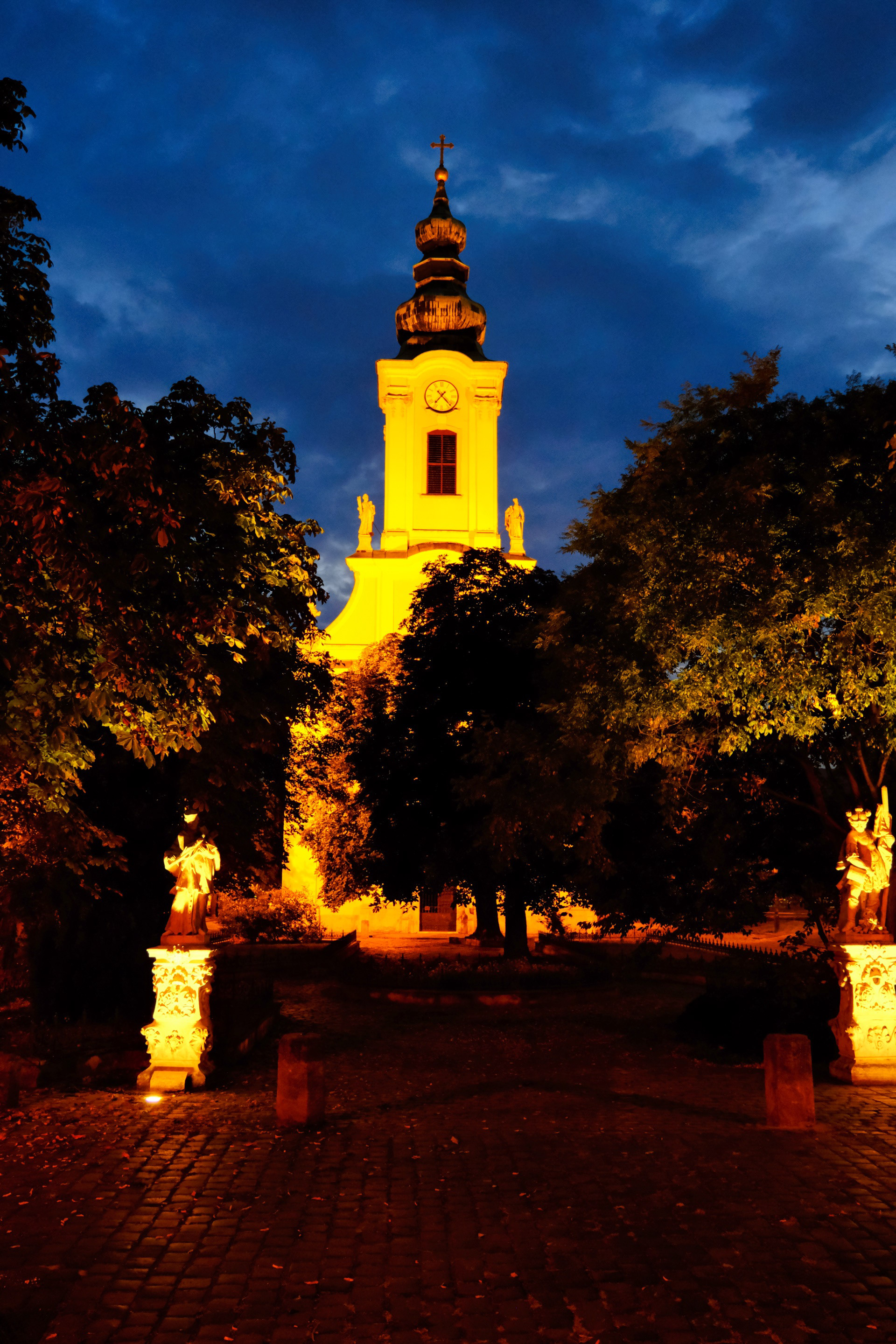
Old Buda
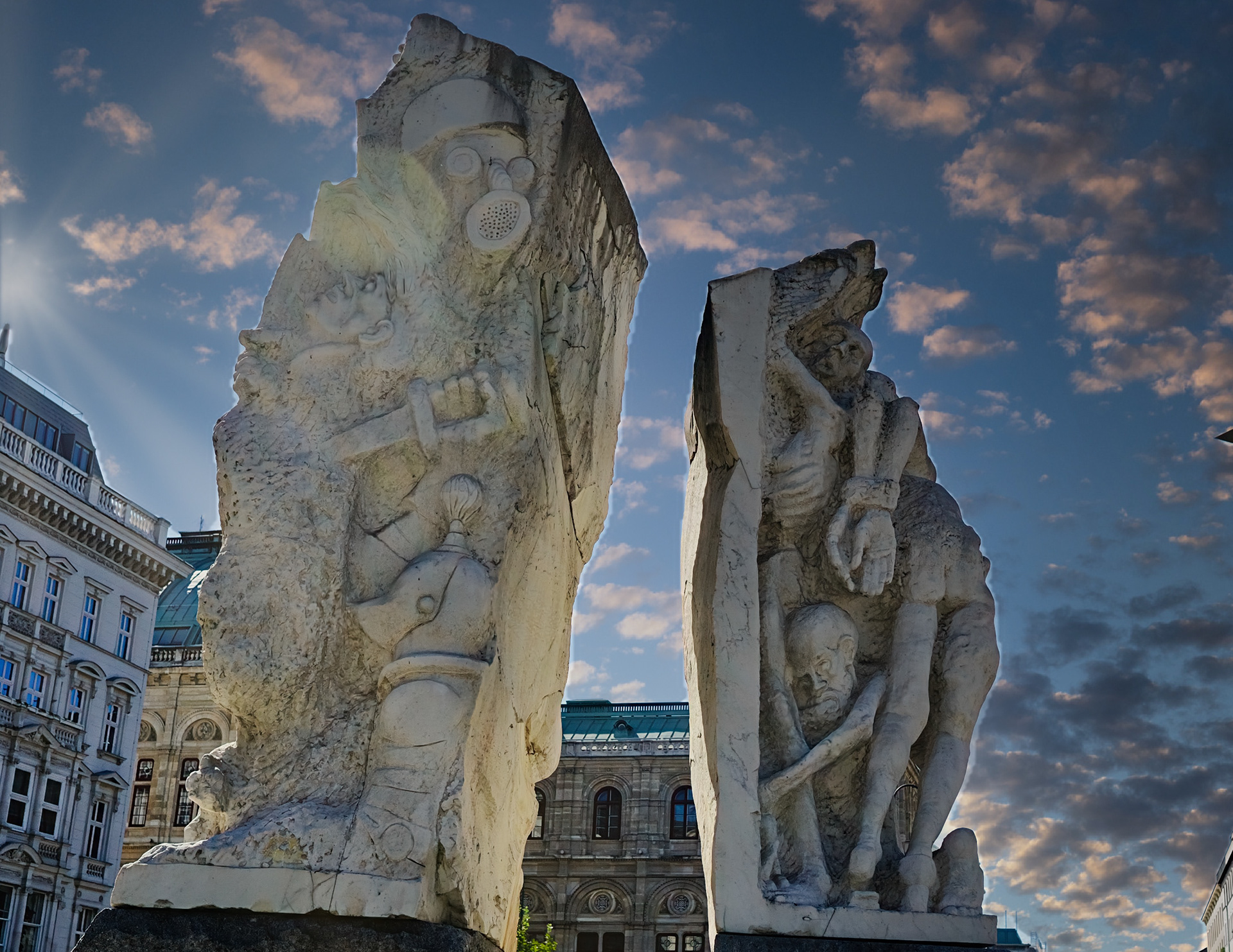
Anti fascist statue in Vienna
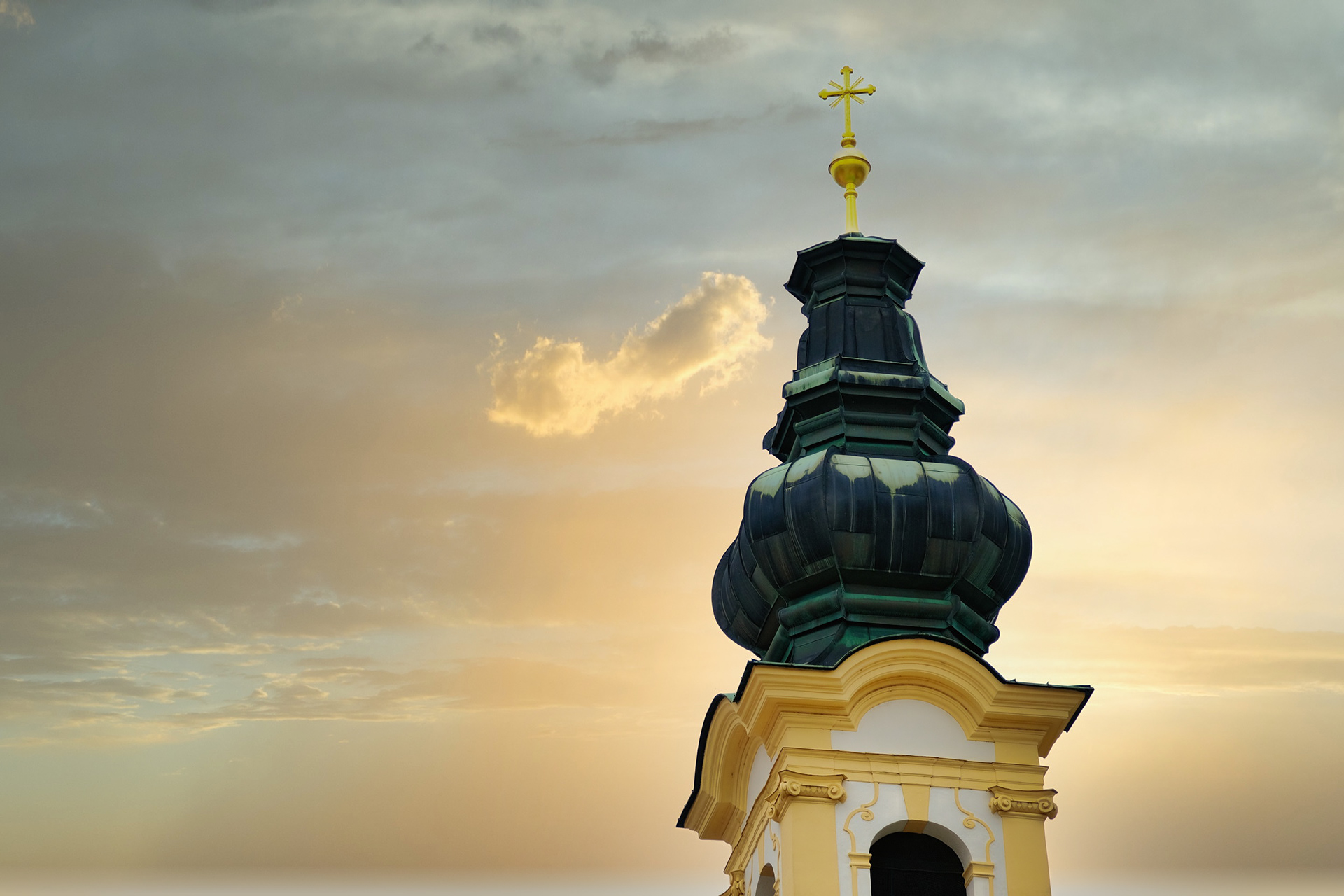
Salzburg church spire
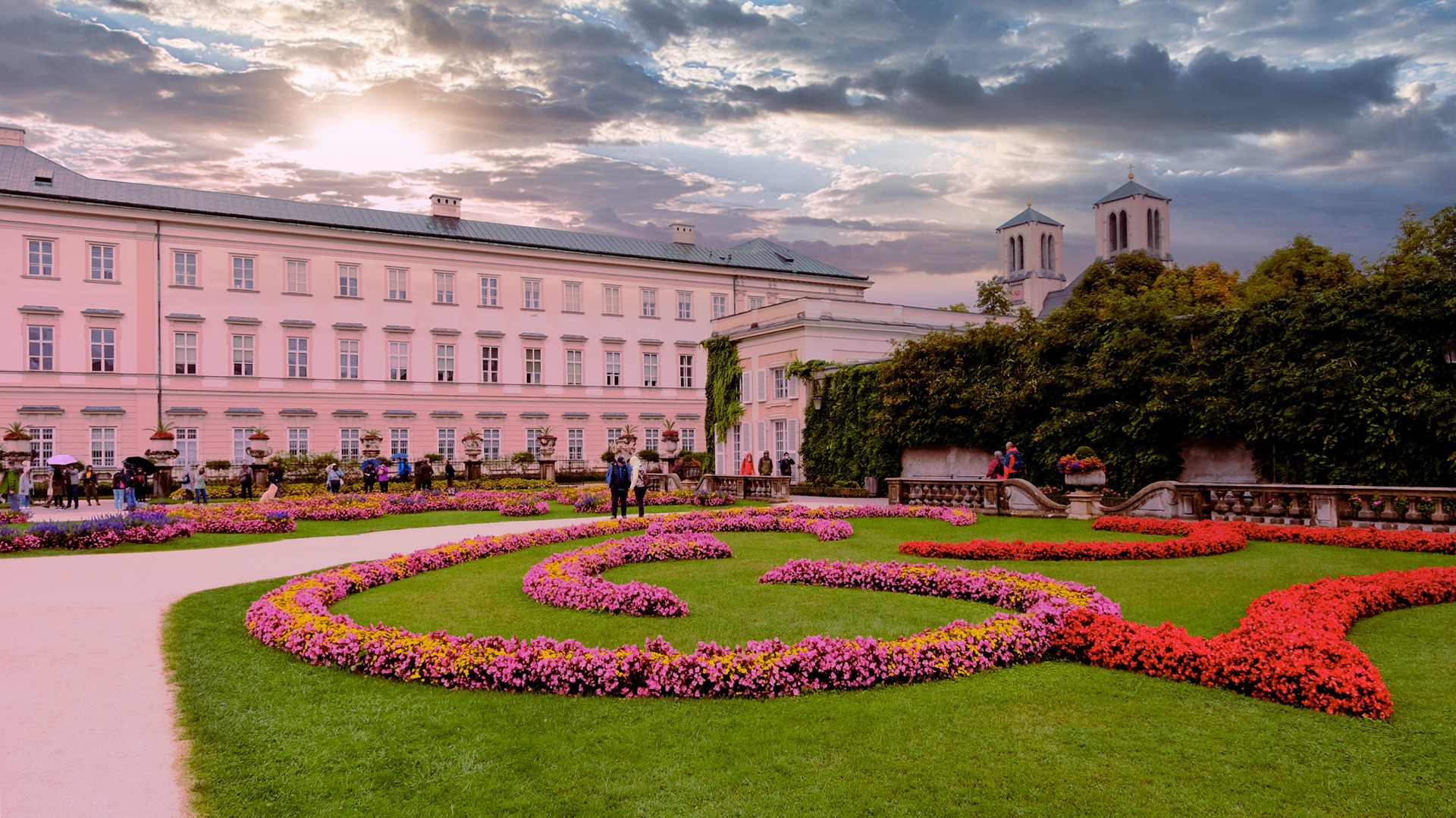
Schloss Mirabell
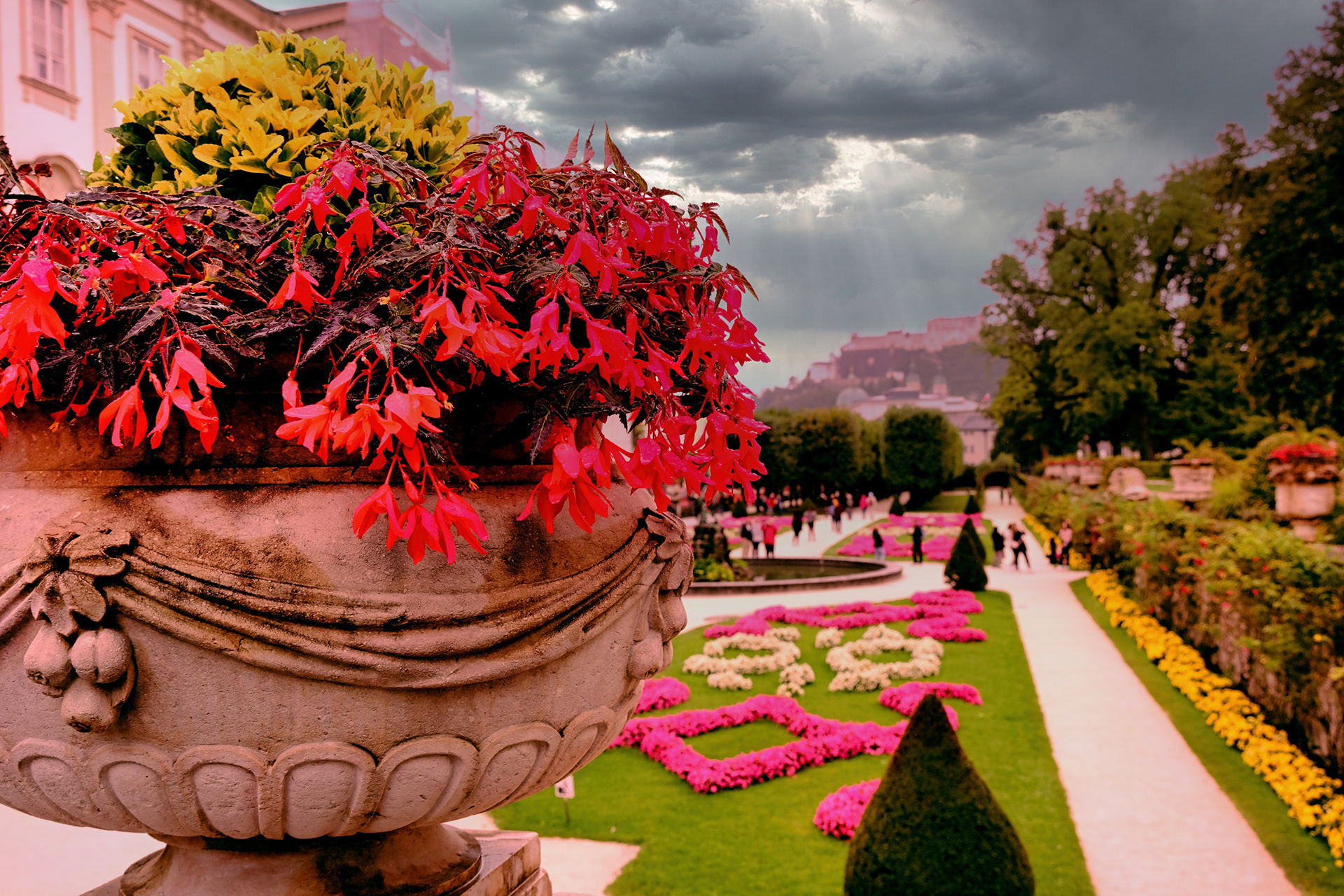
Mirabell Gardens
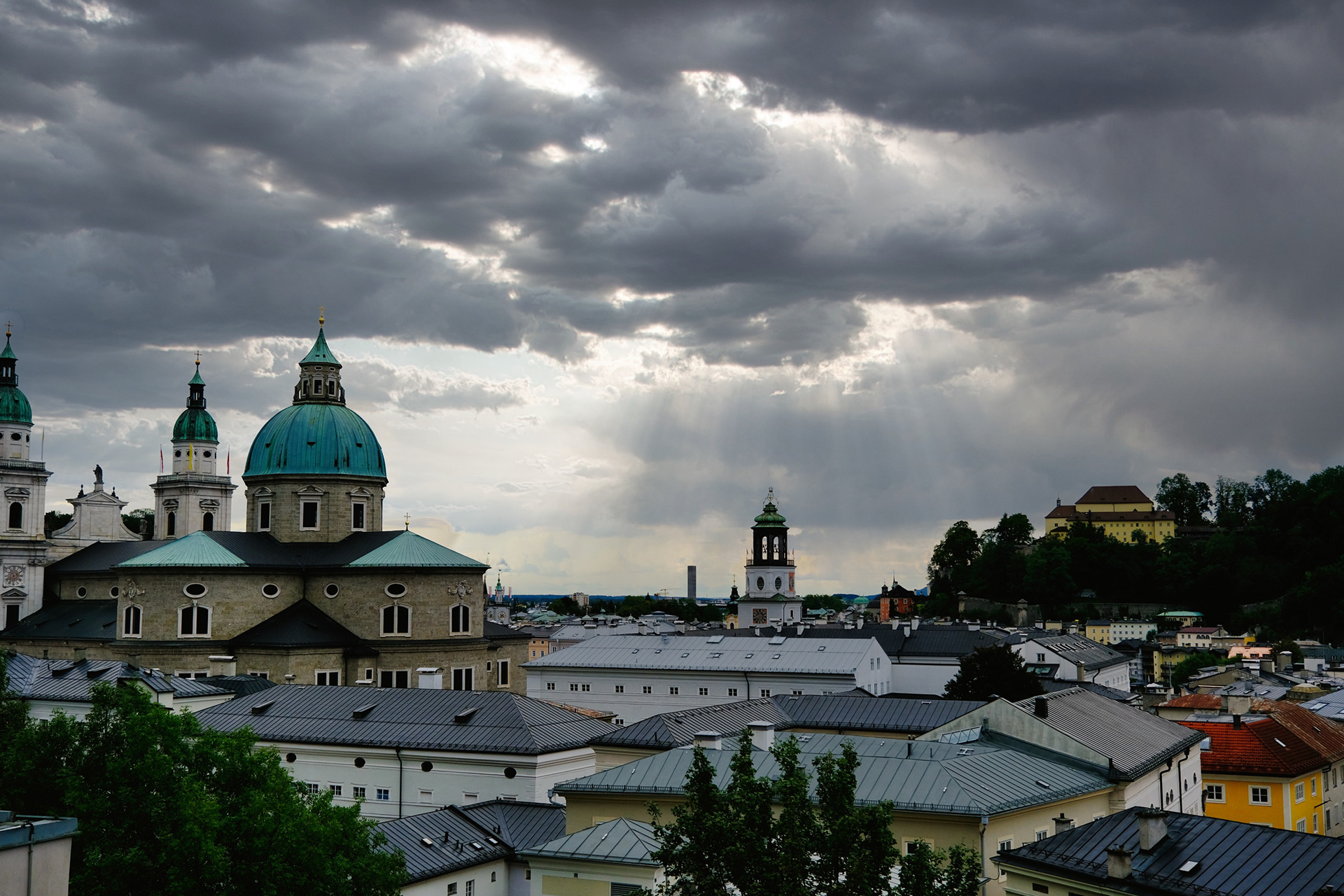
Salzburg skyline
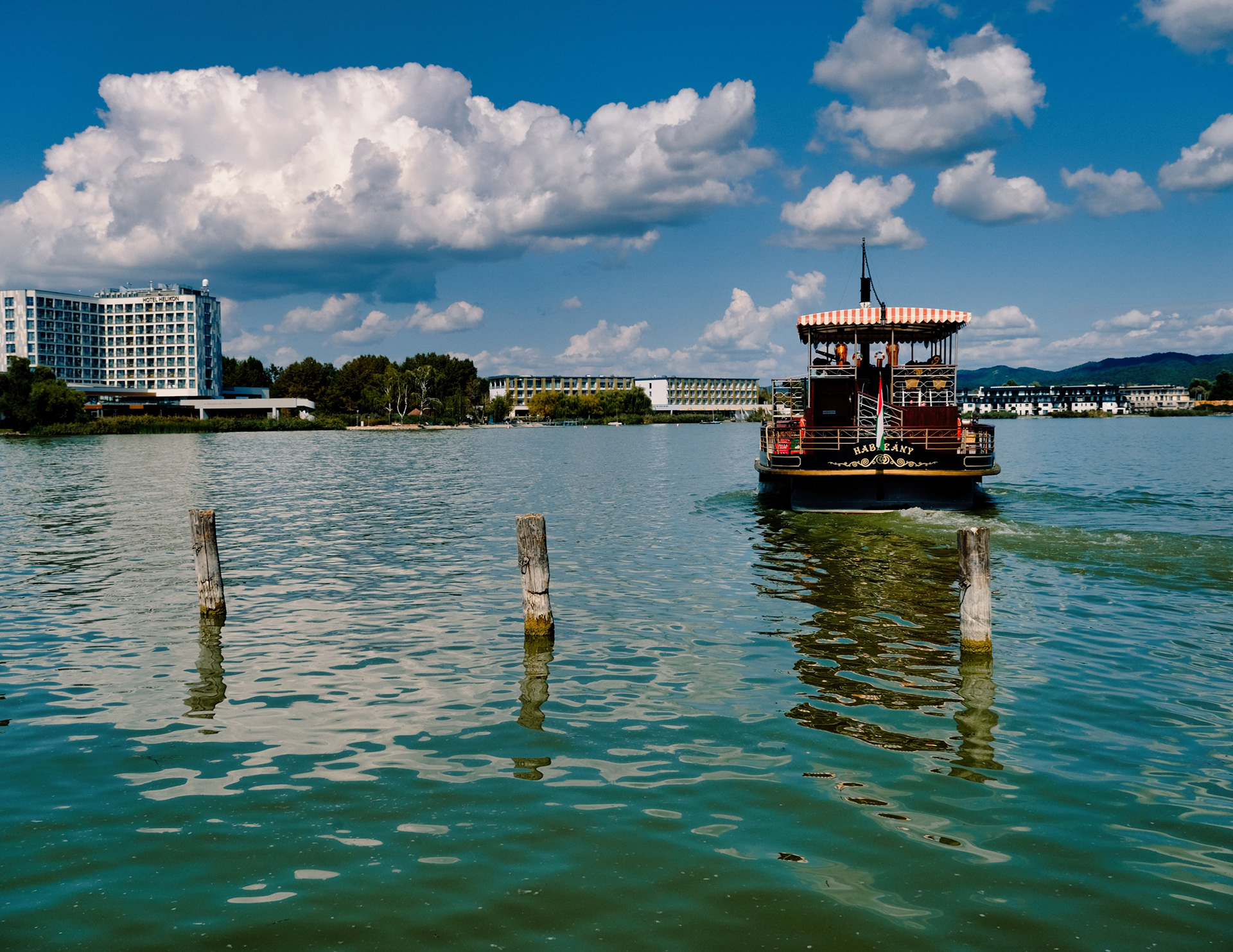
Paddle steam on Lake Balaton
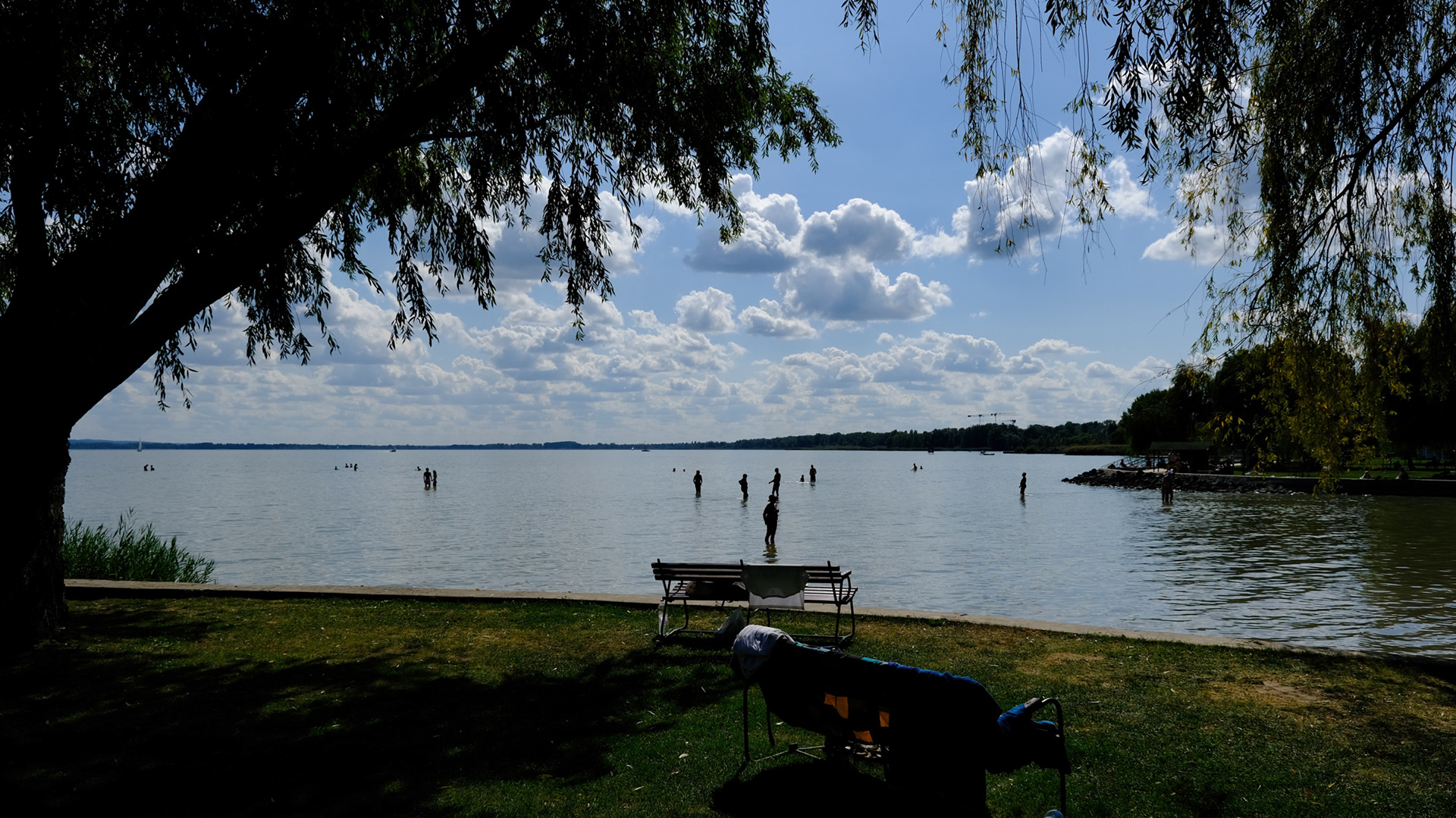
Lake Balaton
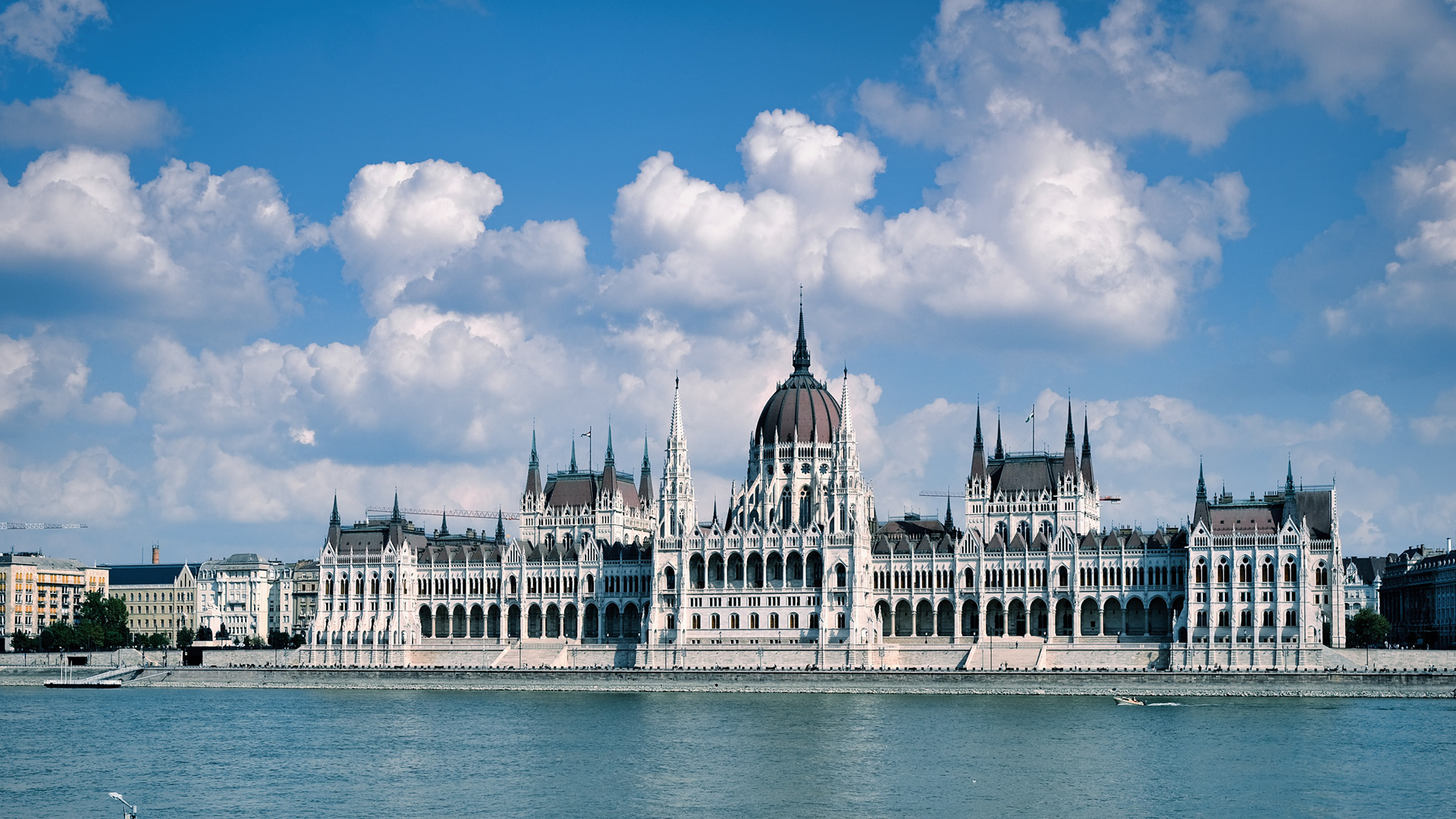
Hungarian Parliament Building
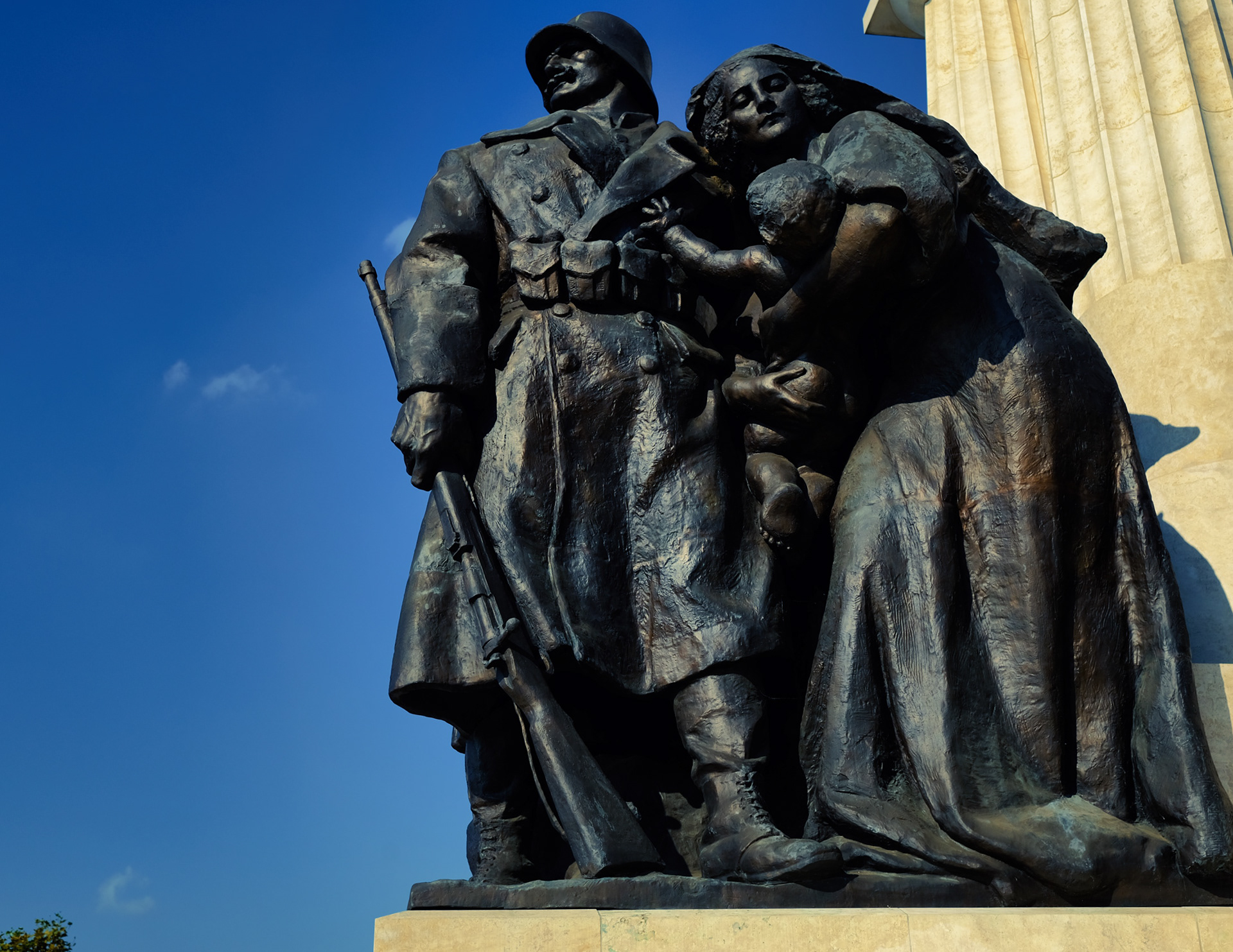
At Hungarian Parliament Building
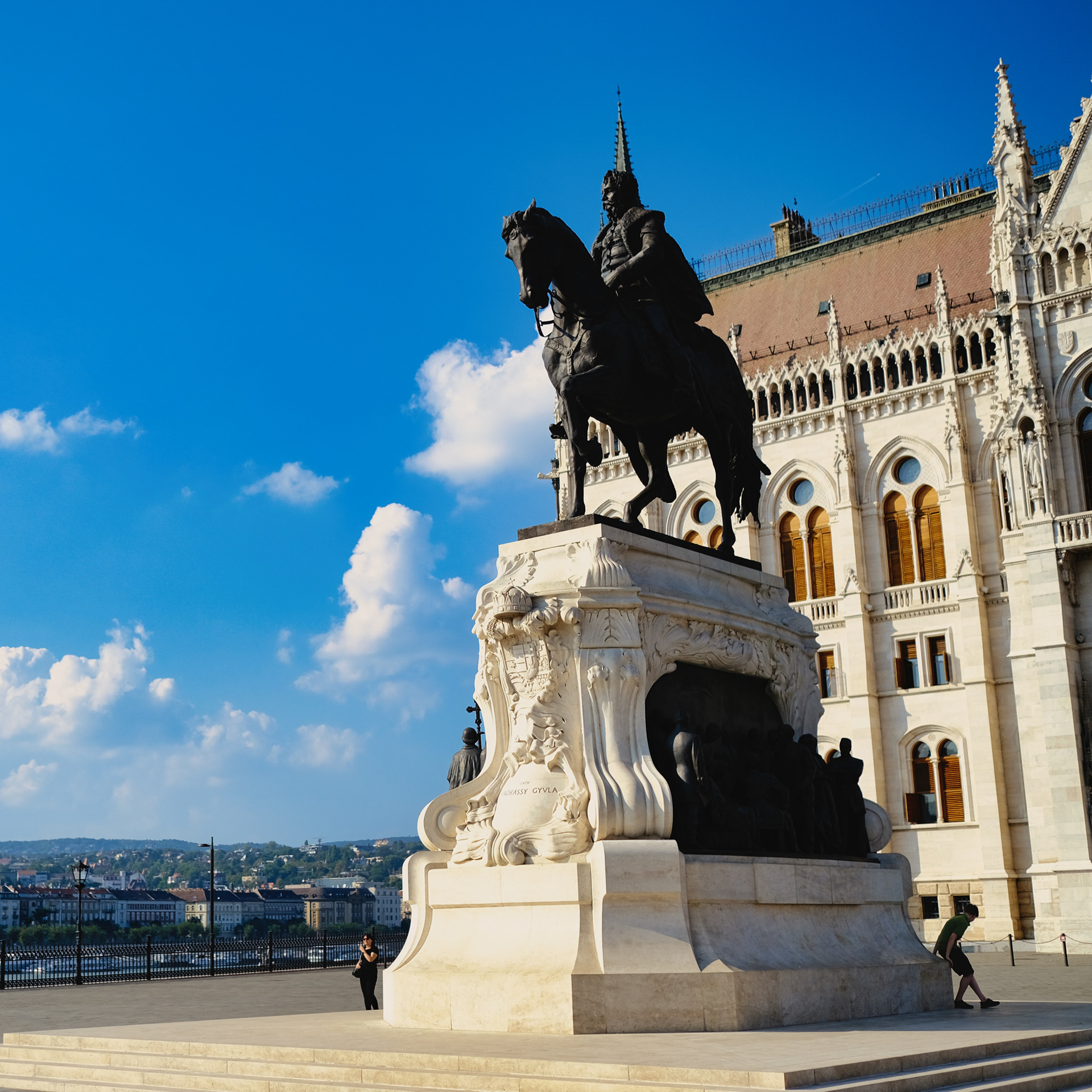
At Budapest Castle
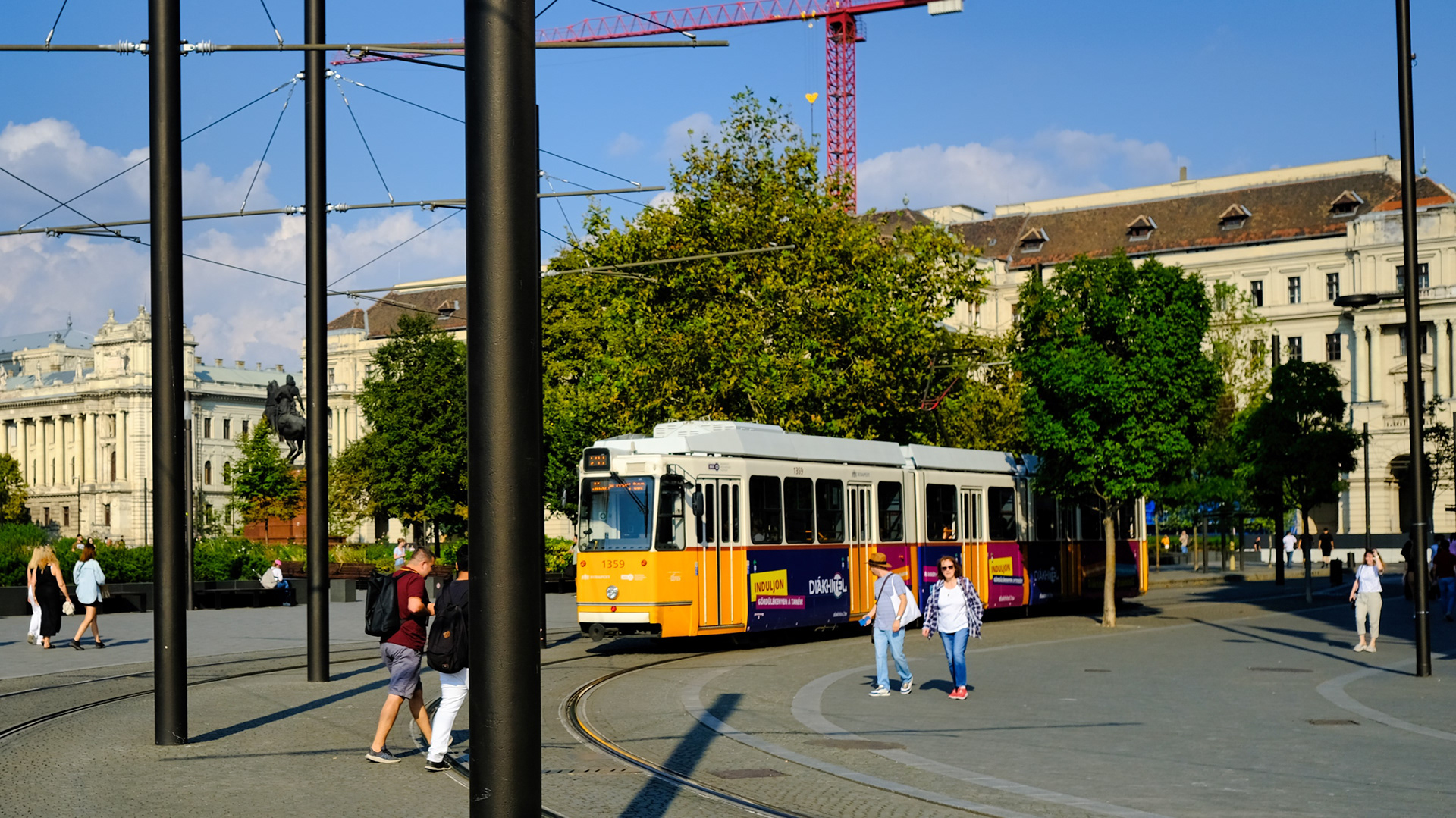
Budapest tram
